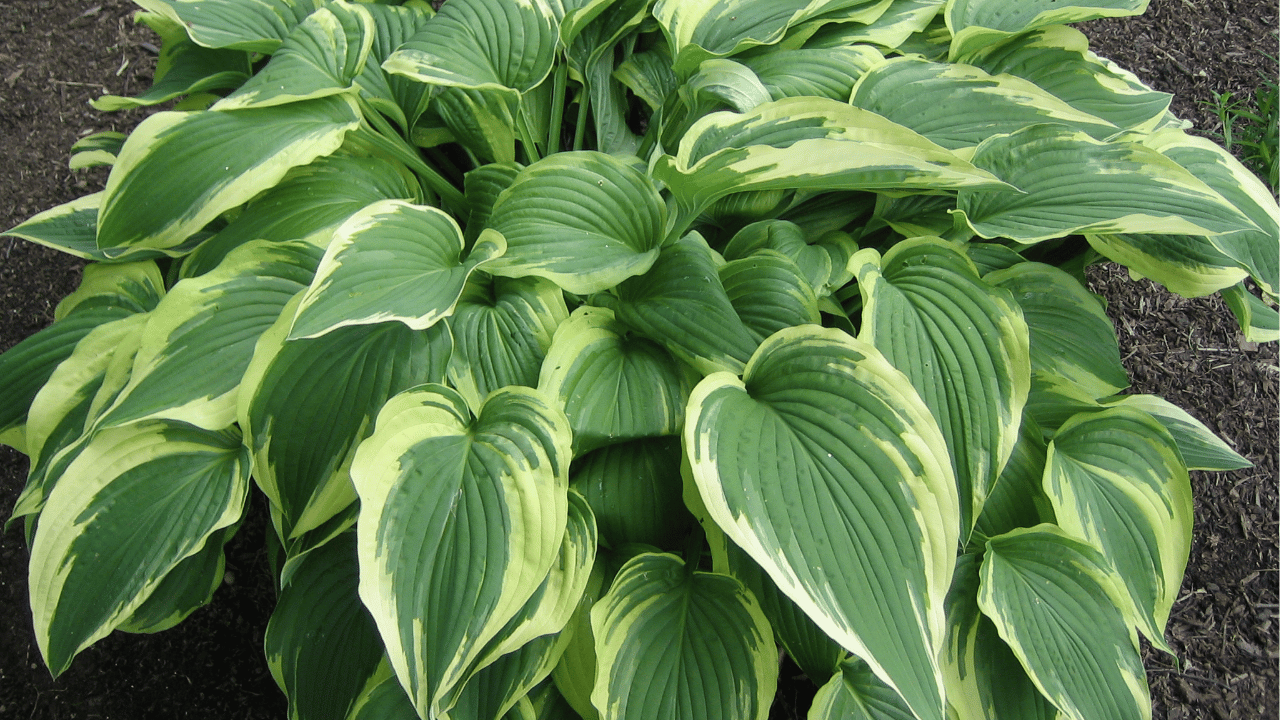Hostas are beloved for their lush, leafy foliage and ability to thrive in shaded gardens. While they’re generally low-maintenance, mastering a few essential care tips can significantly enhance their beauty. With the right balance of watering, sunlight, and soil management, your hostas will grow vigorously and add an elegant touch to your garden. Here are ten expert care tips to keep your hostas healthy and thriving.
1. Choose the Right Location
Although hostas are shade-tolerant, they do need some indirect sunlight to flourish. Select a spot that gets dappled morning sunlight and stays cool and shaded during the afternoon. This balance will prevent their leaves from scorching, especially for variegated varieties, which are more sensitive to bright light.
Consider the overall layout of your garden when choosing a location. Hostas thrive in areas protected from strong winds, which can easily damage their broad, delicate leaves. Placing them near walls or hedges can provide natural windbreaks while enhancing the visual appeal of your shaded areas.
2. Water Regularly, but Avoid Overwatering
Hostas love moisture, but standing water or overly wet soil can lead to root rot. Water deeply once or twice a week, especially during dry spells, ensuring the soil remains evenly moist. The key is to water early in the morning, allowing the plants to absorb moisture before the midday heat.
Mulching around the base of your hostas can help retain moisture and reduce the frequency of watering. However, be careful not to cover the crown of the plant with mulch, as this could encourage fungal growth and root issues.
3. Amend Soil for Optimal Growth
Hostas thrive in rich, well-draining soil that is high in organic matter. If your garden soil is heavy with clay or too sandy, amend it with compost or aged manure to improve its structure. This will create an environment where the hosta roots can spread easily and access the nutrients they need.
Regularly top-dressing your hostas with organic mulch or compost each spring will maintain soil health. The decomposing material also feeds the plants, ensuring steady growth throughout the growing season without the need for excessive fertilizers.
4. Control Slugs and Snails
These pests are the bane of every hosta grower, as they chew unsightly holes in the beautiful foliage. To keep slugs and snails at bay, use natural deterrents like diatomaceous earth or crushed eggshells around the base of the plants. These barriers irritate the soft bodies of slugs and snails, discouraging them from reaching your hostas.
For severe infestations, set up beer traps or apply iron phosphate-based slug pellets, which are safe for the environment and pets. Regularly check for slug damage, especially during rainy or humid weather when these pests are most active.
5. Divide and Transplant Every Few Years
Hostas benefit from division every 3 to 5 years. This not only prevents overcrowding but also rejuvenates the plant, encouraging healthier, more vigorous growth. Early spring, just as new shoots are emerging, is the ideal time to divide and transplant.
To divide, dig up the entire plant, and use a sharp spade or knife to separate it into smaller clumps. Each division should have several shoots and healthy roots. Replant immediately in well-prepared soil, keeping them well-watered as they re-establish.
6. Fertilize Sparingly
Hostas don’t require heavy feeding. In fact, over-fertilizing can lead to lush but weak foliage and reduced root development. A balanced, slow-release fertilizer applied once in the spring should be enough to support healthy growth.
If you prefer organic options, compost or well-rotted manure works beautifully as a natural, slow-release fertilizer. Avoid high-nitrogen fertilizers, as they can encourage excessive leaf growth at the expense of root health, making the plant more vulnerable to pests and diseases.
7. Remove Dead Leaves and Flowers
Dead or yellowing leaves can harbor diseases and pests. Regularly trim off any damaged or spent foliage to keep your hostas looking their best. If your hosta flowers, remove the flower stalks after blooming to redirect energy back into the foliage.
Cleaning up around the base of the plants also reduces the chances of pests like slugs hiding in decaying leaves. This practice not only keeps your garden looking tidy but also supports the overall health of your hostas.
8. Protect from Deer and Rabbits
Hostas are a favorite snack for deer and rabbits. To prevent damage, use physical barriers like wire mesh or fencing around your plants, especially during the spring when new growth is most vulnerable. Deer repellents, both homemade and commercial, can also be effective when applied regularly.
If these pests are persistent, consider planting less palatable plants around your hostas to deter browsing. Strong-smelling herbs like lavender, or prickly plants like barberry, can create a natural defense that keeps hungry wildlife at bay.
9. Provide Winter Protection
Hostas are hardy, but their crowns can be vulnerable to frost heaving during winter. After the first hard frost, add a thick layer of mulch or straw to protect the roots from temperature fluctuations. This mulch layer also retains soil moisture, preventing desiccation during dry winter months.
Come spring, remove the mulch gradually as the weather warms up to allow new shoots to emerge without obstruction. This simple step ensures your hostas return healthier and stronger each year.
10. Watch for Disease
While hostas are generally resilient, they can fall victim to diseases like crown rot, leaf spot, or viruses. Good garden hygiene, like cleaning up dead foliage and avoiding overhead watering, helps prevent these issues. If you notice yellowing or black spots, prune affected leaves promptly to stop the spread.
In severe cases, diseased plants may need to be removed entirely to protect the rest of your garden. Always sanitize your tools after handling infected plants to prevent cross-contamination, and consider planting disease-resistant hosta varieties if problems persist.

